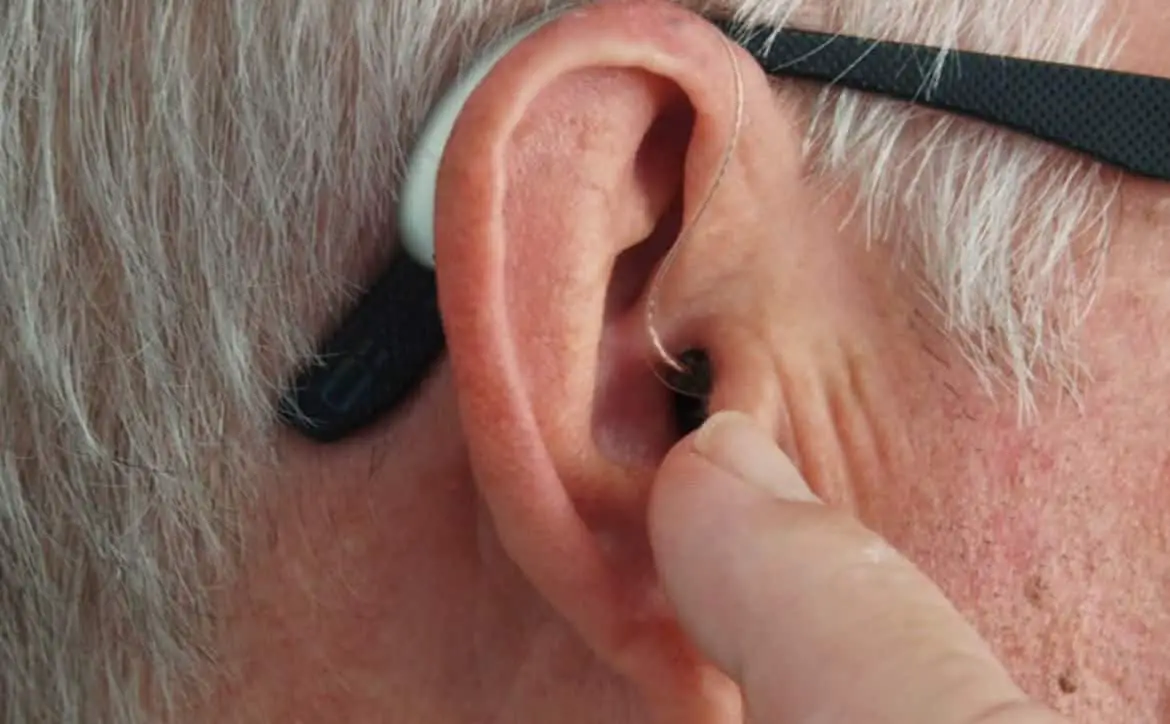A hearing aid is a device that helps people with hearing loss to hear better. There are many different types of hearing aids, but they all aim to make it easier for people with hearing loss to hear sounds. There are several things that hearing aids can do to help people with hearing loss. They can make sounds louder, make certain sounds more precise, and help people hear in noisy environments.
If you’re one of the millions of Americans with hearing loss, you may be considering a hearing aid. Hearing aids come in many shapes and sizes, and users can choose many types of hearing aids. With all the different types and options available, how do you choose the right one for you? Let’s look at some tips for choosing the right hearing aid.
Assess your budget
When it comes to assessing your budget for a new pair of hearing aids, there are a few things you’ll need to take into account. The first is the cost of the hearing aid itself. Hearing aids can vary in price from a few hundred dollars to several thousand dollars, so be sure to shop around and find the best deal. Hearing aids can start from $1,995, according to Forbes, and are more affordable today than they used to be. You’ll also need to factor in the cost of regular maintenance, repairs, and replacement parts.
If you are looking for a hearing aid, it is a good idea to make sure your insurance covers the hearing aids. Not all insurance plans cover hearing aids, so you will need to check with your insurance company to see if they do. If they do not cover them, you may be able to get a discount on the cost of the hearing aids through the manufacturer or a local audiologist.
Get a hearing test
There are many things to consider when choosing a hearing aid. However, the first step is to get a hearing test to find out what type of hearing loss you have and what level of amplification is needed. There are five types of hearing losses: conductive, sensorineural, mixed, unilateral, and bilateral. A medical professional or hearing specialist can determine your hearing loss.
Conductive hearing loss is caused by an obstruction in the outer or middle ear that blocks sound from entering the inner ear. This type of hearing loss can often be treated with medication or surgery. Sensorineural hearing loss is caused by damage to the inner ear or auditory nerve and is the most common type of hearing loss. Mixed hearing loss is a combination of both conductive and sensorineural problems. Unilateral hearing loss means only one ear has lost its ability to hear, while bilateral means both ears have lost their ability to hear. Once you know what type of hearing loss you have, you can start looking for the correct type of hearing aid.
Consider different types of hearing aids

There are five main types: digital behind-the-ear (BTE), digital in-the-ear (ITE), digital in-the-canal (ITC), completely-in-the-canal (CIC), and receiver in-the-ear (RITE). Each type has advantages and disadvantages, so it’s crucial to find one that fits your needs and lifestyle.
BTEs are larger than other types of aids and sit behind the ear with a tube that goes down into the ear canal. They come in analog and digital models and are suitable for people with mild to moderate hearing loss. ITEs fit entirely inside the ear canal and come in analog and digital models. They are ideal for people with mild to severe hearing loss who don’t want a large device sticking out their ears. ITCs fit partly inside the ear canal like ITEs but also include a small receiver that sits on top of the ear canal. They work well for people with mild to severe hearing loss who want a smaller device than BTEs or ITEs.
CICs are tiny devices that fit entirely inside the ear canal. They work well for people with mild to severe hearing loss who want a small device. RITEs look like BTEs but include a receiver that fits inside the ear canal instead of sitting behind the Ear. They work well for people with mild or moderate hearing loss who don’t want a large device sticking out their ears.
Think about your lifestyle
Lifestyle also plays a vital role in choosing the right hearing aid. For example, someone who spends most of their time at home may not need a very sophisticated device, while someone who works in a noisy environment may require something more powerful. It is also essential to consider whether or not the hearing aid will be used primarily for listening to music or watching television or if it will be used for communication purposes in social settings. You can even find hearing aids with Bluetooth technology to connect to smartphones and other devices.
Finally, think about how often you’ll use your new hearing aids. If you plan on using it daily, you may want to invest in a more expensive model that offers superior sound quality and features. If you only use it occasionally, you can save money by purchasing a less expensive model. No matter what type of hearing aid you choose, be sure to consult with an audiologist or other healthcare professional to make sure it’s right for you.
Studies suggest that only one in five people who need hearing aids use them. For some people, the cost is an issue, and vanity stands in the way for others. Fortunately, many types of hearing aids are available on the market to meet individual needs and preferences. There are a lot of essential factors to consider when choosing hearing aids. But, the most crucial factor is to find the hearing aids that are right for your individual needs. You can choose the right hearing aid by consulting with your hearing specialist and considering your situation.
How have you picked out hearing aids? What tips and recommendations would you give to someone? Please share your thoughts on any of the social media pages listed below. You can also comment on our MeWe page by joining the MeWe social network.










